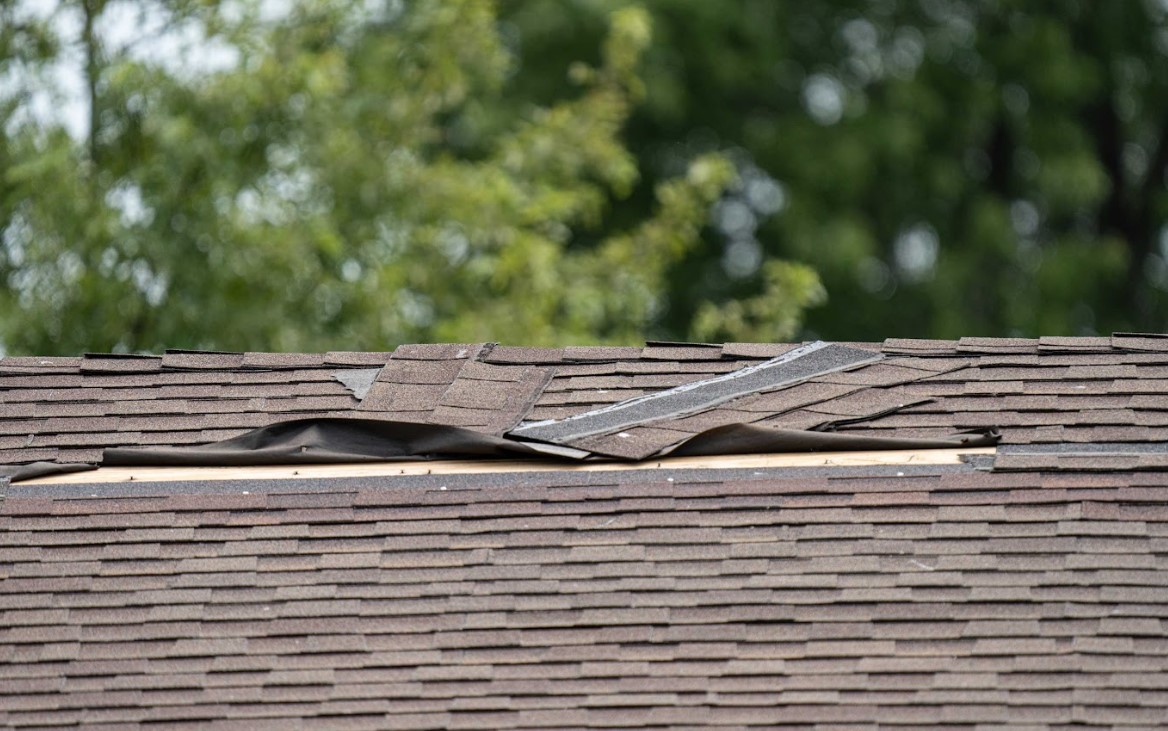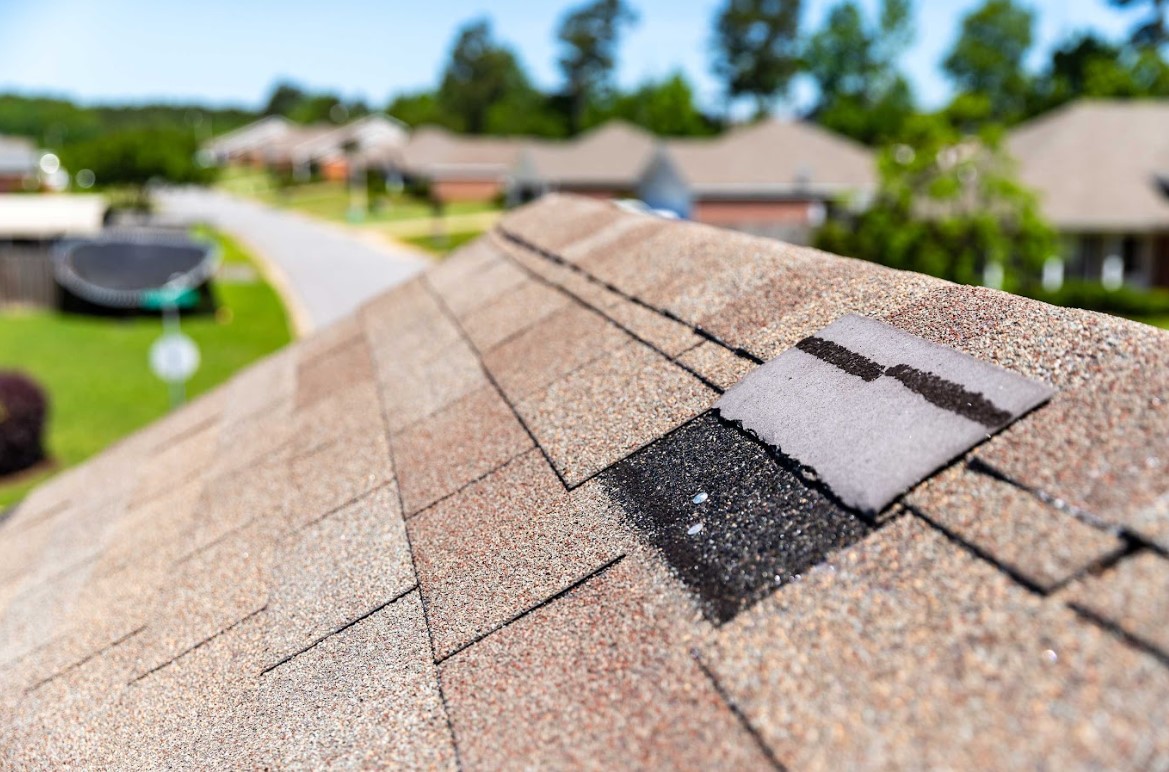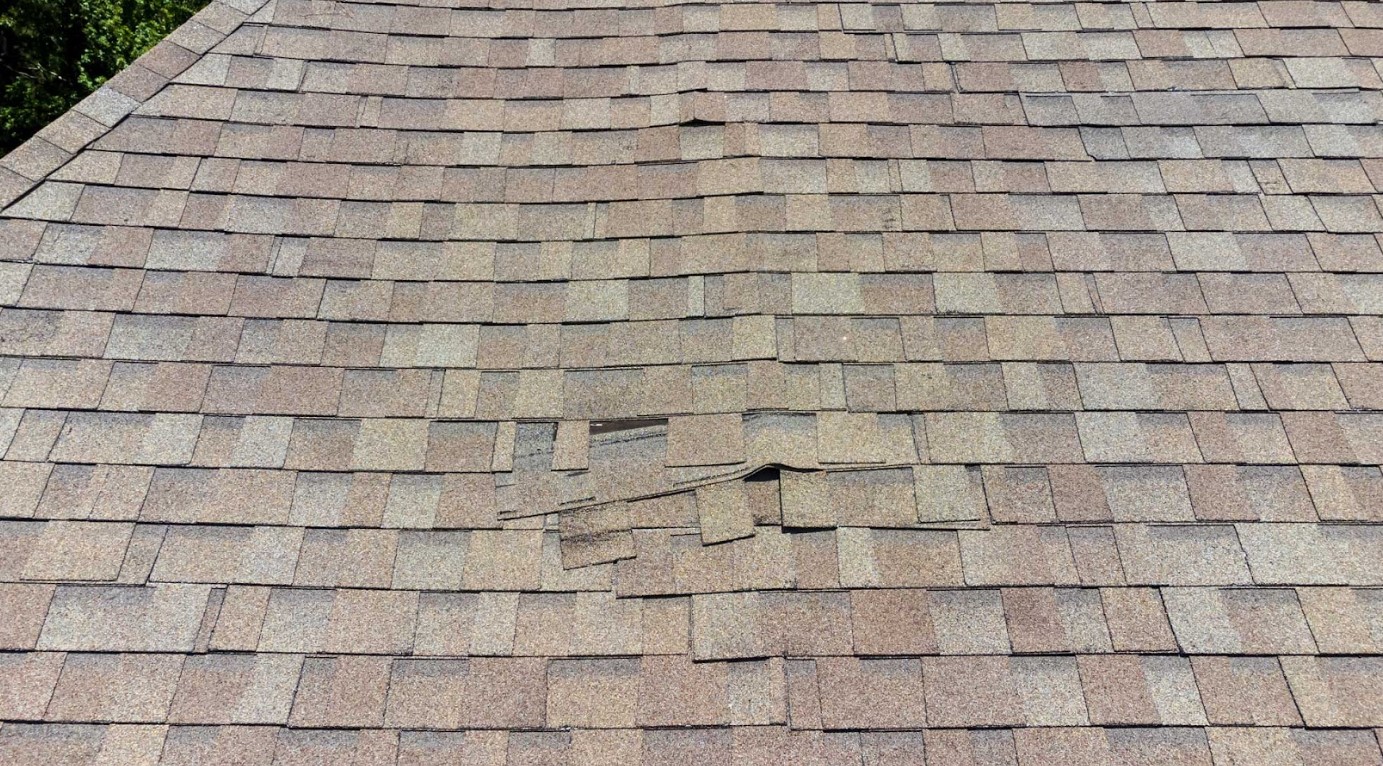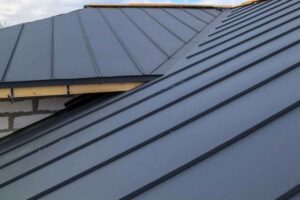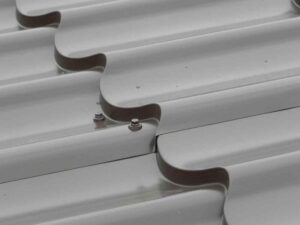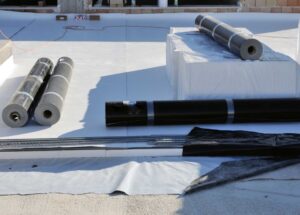After a powerful storm rolls through Clarksville, many homeowners find themselves staring at their roofs, wondering what damage may have occurred. The aftermath often brings more than just fallen branches and scattered debris; it can lead to leaks, missing shingles, and potential structural issues. But here’s the good news: documenting storm damage is a crucial step in protecting yourself and your investment. Not only does proper documentation help when filing an insurance claim, but it also provides you with the necessary evidence to ensure repairs are made swiftly and effectively.
This guide will walk you through practical steps to assess your roof’s condition, take effective photographs, and when it’s time to call in experts like Best Choice Roofing.
Prioritize Your Safety When Documenting Storm Damage on Roof
Before you grab your camera and head outside, it’s crucial to remember that your safety comes first. Storms can leave behind more than just visual damage; they can create hazardous conditions that put you at risk. Let’s break down the steps you should take to assess the situation safely.
Assessing Immediate Hazards
As you step outside, take a moment to look around and observe your surroundings. The ground may be littered with branches, limbs, or even larger debris. These hazards can pose a risk of injury if you’re not careful. Before approaching your roof or ladder, check for:
- Damaged power lines: If you see any downed or sagging lines, call your local utility company immediately.
- Standing water: Puddles can conceal holes in the ground that may trip you up.
- Weak branches: Be cautious of any precariously hanging limbs that could fall while you’re surveying the roof.
If everything seems clear, it’s still wise to have a buddy with you. Two sets of eyes are better than one! Plus, if something goes wrong, having someone nearby can make all the difference.
Using Protective Gear
When you finally get up close to your roof, don’t forget to wear protective gear. You might think, “It’s just a quick look,” but a storm-damaged roof can have sharp objects, loose shingles, and other hazards that can cause injuries. Here’s what you should consider donning:
- Sturdy shoes: A solid pair of footwear with good traction will help prevent slips, especially if the roof is wet.
- Gloves: Protect your hands from sharp edges and potential cuts while handling debris.
- Hard hat: If there’s a chance of falling debris, this could prevent serious injuries.
By prioritizing your safety first, you’ll be in a much better position to document the storm damage efficiently and accurately. Remember, taking the time to assess hazards and equip yourself properly not only protects you but also sets the stage for thorough documentation of your roof’s condition.
How to Take Photos and Videos of Storm Damage on Roof
When taking photos of storm damage, aim to capture the full scope of what happened. Here are some tips to help you take effective photos:
- Wide shots: Start with wide-angle shots that capture the entire roof. This gives context to the damage. Step back and frame the whole house when possible.
- Close-ups: After you’ve captured the big picture, zoom in on specific areas of damage. Nail pops, missing shingles, and leaks should be documented closely.
- Use natural light: The best lighting is usually during the day. Avoid shadows by taking photos from different angles to ensure visibility of the damage.
Best Practices for Video Documentation
Sometimes, a video can tell a story that photos alone can’t. Here are some best practices for documenting damage through video:
- Slow and steady: When recording, move your camera slowly to capture all details clearly. Pan over the roof without abrupt movements so viewers can see every angle.
- Talk it out: Narrate what’s happening as you film. Mention specific types of damage and areas of concern. This provides context that might be missing from just visuals.
- Zoom in selectively: Highlight key areas by zooming in on them, just as you would with photographs. Make sure to capture any areas that may need repair.
These videos can be a compelling way to illustrate the storm’s impact when shared with professionals or insurance adjusters.
Creating Detailed Notes and Descriptions of Roof Damage in Clarksville
When it comes to documenting storm damage, taking photos and videos is just the beginning. Written notes add an essential layer of detail that can substantially strengthen your case. Instead of rushing through this process, take the time to create a thorough account of what you’ve discovered on your roof.
Documenting Types of Damage
Different types of roof damage require different kinds of attention. Imagine you’re a detective piecing together clues; specificity is key! Here are some common types of damage you should be looking for:
- Missing shingles: Note how many are gone and where they’re located. This specific information can help professionals understand the extent of the damage.
- Cracked or broken shingles: Identify and describe any shingles that are broken or have visible damage. Include where they are situated on the roof.
- Leaks: If any areas are already leaking, make a note of where the water penetrates. Describe the signs of interior damage as well.
- Gutters and downspouts: Document any issues that may have arisen from clogged or damaged gutters that can add to your roof’s problems.
- Structural issues: If you notice sagging or any other signs of structural problems, take care to detail these findings. They may require immediate professional attention.
Being specific about these types of damage helps contractors and insurance adjusters quickly grasp the full picture.
Utilizing Weather and Incident Reports to Back Your Claim
Now that you’ve documented the damage to your roof, what’s next? It’s time to gather evidence that can bolster your claim. Local weather data and official incident reports are two powerful tools that can support your case and substantiate the storm’s impact on your property. Let’s explore how to utilize these reports effectively!
Accessing Local Weather Data Post-Storm
Weather history is your best friend when documenting storm damage. By accessing local weather data, you can provide hard evidence of the conditions that caused your roof’s issues. Here’s how to get that information:
- National Weather Service: Check the National Weather Service (NWS) website for historical weather data specific to your area. They often provide detailed reports on severe weather events.
- Local news stations: Many local news outlets compile weather reports and summaries following a significant storm. Look for articles that specifically mention impacts in Clarksville.
- Weather apps and websites: Use apps like AccuWeather or the Weather Channel to find data related to storm timing, wind speeds, and rainfall amounts. Screenshots of this information can serve as valuable evidence.
When you present your claim, these weather reports can demonstrate that a credible storm caused your roof damage, strengthening your position with your insurance provider.
Obtaining Incident Reports from Local Authorities
In addition to weather data, incident reports from local authorities can further prove your case. These documents often detail emergency responses and can confirm the severity of the storm. Here’s how to obtain them:
- Contact local agencies: Reach out to city or county offices, such as emergency management or public safety. They might have published reports on storm damage and emergency responses.
- Check online resources: Many municipalities now publish incident reports online, especially following significant storm events. A quick search on your city’s website can yield valuable documents.
- Document the timeline: Alongside any reports, create a simple timeline that outlines when the storm hit, when damage was discovered, and any repairs made. This provides context for both your notes and visuals.
Scheduling a Professional Roof Inspection After Storm Damage
After going through the exhausting process of documenting storm damage, you might be wondering what to do next. Having someone knowledgeable and experienced assess your roof is essential for ensuring your home is safe and secure.
Why Hire a Professional Roofer in Clarksville
You might think, “I’ve got this! I know the damage I saw.” While it’s fantastic that you’ve taken the initiative, a professional roofer brings unmatched expertise to the table. Here’s why you should consider hiring one:
- Expert Evaluation: Professional roofers have been trained to spot hidden issues that you may overlook. They know what to look for, from structural damage to improper installations.
- Safety First: Climbing on roofs can be risky, especially after storm damage. Professionals have the right equipment and training to safely inspect your roof without putting themselves or you at risk.
- Comprehensive Reports: Roofers will provide you with a detailed assessment of the damage and any necessary repairs. This formal report can be instrumental when discussing your situation with your insurance company.
Your home is your haven, and a professional roofer will ensure it remains intact and safe for you and your family.
Choosing the Right Roofing Service
Once you’ve decided to hire a professional, it’s crucial to choose the right company for the job. You want a roofing service you can trust! Here are some tips to guide your selection:
- Research and Reviews: Start by reading online reviews and testimonials. Look for feedback from local homeowners about their experiences. Websites like Angie’s List or Yelp can be invaluable in finding trusted contractors.
- Ask for Recommendations: Talk to your neighbors or friends in Clarksville. If they had storm damage repairs recently, they can share their experiences and suggest reliable services.
- Check Credentials: Ensure the roofer is licensed and insured. This protects both you and the contractor during the repair process.
- Get Multiple Estimates: Don’t settle for the first estimate you receive. Obtaining several quotes gives you a better understanding of the market rate and helps you make an informed decision.
Choosing the right roofing service can make all the difference in ensuring your home’s restoration is handled quickly and efficiently. By taking the time to research and find a trustworthy professional, you’re setting your roof—and yourself—up for success.
In the aftermath of a storm, having a structured strategy for documentation helps you navigate a potentially overwhelming process. Don’t hesitate to reach out to qualified roofing professionals like Best Choice Roofing for guidance along the way. We can provide invaluable assistance every step of the way.
In the end, your diligence matters. By properly documenting storm damage to your roof, you are taking charge of your home’s health, ensuring it remains a safe haven for you and your family for years to come.
